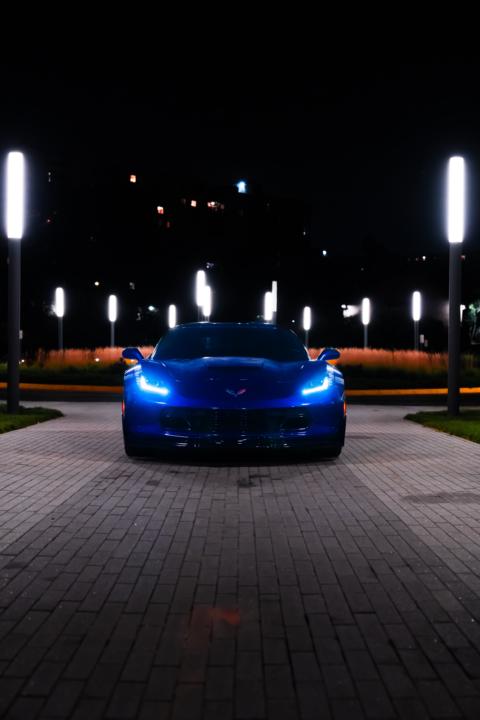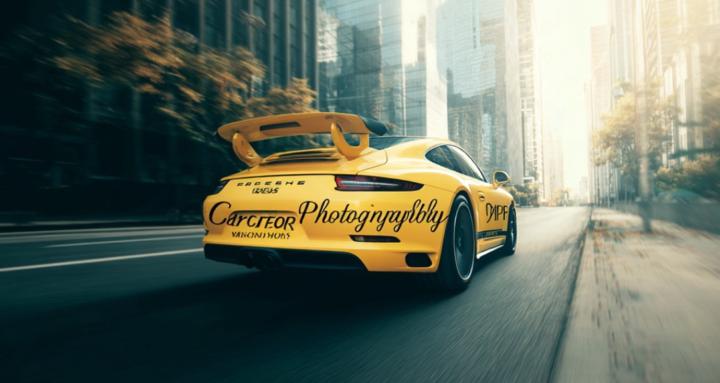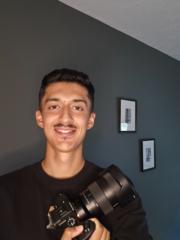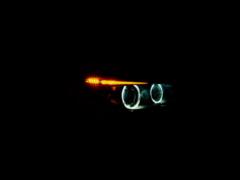Pinned
Welcome 😄🏎. Introduce yourself
Hi my name is Lucas I am 20 years old and enjoy photographing cars and doing street photograph. I also like to create videos but I need a but more practice in that genre. I started with a Nikon and now I have a Sony. Tell me about you!
Hello
Hi, my name is Lee, I am 23 years young and enjoy photography of cars and houses. I just got my first camera and I am excited to learn what I can do with this. Look forward to learning from everyone!
General Car Photography
1. Golden Hours Matter Shoot at sunrise or sunset — softer light reduces harsh reflections on paint and glass. Avoid direct overhead sun (midday), which causes unflattering shadows and glare. 2. Use Reflections Wisely Cars are shiny — position yourself so reflections emphasize lines instead of distracting. Avoid showing yourself, random buildings, or clutter in reflections. 3. Angles Are Everything ¾ front shot (slightly above headlight level, turned toward you) is the most flattering. Low angles make the car look more aggressive and powerful. High angles (like from a garage roof or parking deck) show off design and surroundings. 4. Pay Attention to Backgrounds Keep it clean: empty roads, industrial areas, parking decks, or nature. Avoid busy, messy backdrops that pull focus from the car. Symmetry (bridges, tunnels, wide streets) works well. 5. Focus on Details Too Capture close-ups: badges, wheels, exhaust tips, interior shots. Small details tell the story of the car just as much as the wide shots. 6. Motion Shots Rolling shots: have a friend drive while you shoot from another moving car (use 1/60–1/125 shutter to blur background). Panning: stand still, track the car as it passes, use slower shutter speed (1/30–1/60) for background motion blur. 7. Lighting Tricks Streetlights, neon, or garage lighting can give cinematic looks at night. Light painting with a handheld light source at night makes cars pop. 8. Editing Slightly increase contrast and clarity to bring out curves and reflections. Desaturate distractions (like bright grass or people’s clothing). Keep paint color accurate — don’t over-edit unless for a creative style.
1
0
Could a prime lens(using 1 zoom) work for cars? This is how it helped me with street photography.
When I first switched from a zoom lens to a prime lens for street photography, I didn’t expect how much it would reshape the way I approach shooting. A zoom lens gives you flexibility, but that flexibility can also be a trap — I often found myself hesitating, second-guessing whether a scene was “worth” photographing, or fiddling with focal lengths instead of simply capturing the moment. A prime lens removes that decision fatigue. Because you’re locked into a single focal length, your eye gradually adapts to seeing the world in that frame. Instead of wondering whether something might look good, you start composing instinctively. You move your feet, you explore angles, and you commit to capturing the energy of the scene as it unfolds. This constraint is actually liberating. It forces you to focus on fundamentals — composition, timing, and storytelling — rather than technical choices. Over time, it makes you more decisive and more creative, because you’re training yourself to see photographically rather than just “take pictures.” If you’re feeling stuck in your street work, try spending a few weeks with nothing but a prime lens. The discipline it builds might surprise you, and it could help you reconnect with the raw joy of capturing life as it happens.
1
0
Camera or phone
Hey guys so I want to make some videos about taking pictures on a camera and cell phone. Which one do you want to see first? Are you guys using a cellphone or camera when you go see cars?

1-11 of 11
powered by

skool.com/medina-media-3152
Do You like photographing or filming Cars? I stream a photowalk every week. Join me live and let's challenge each other live with challenges!
Suggested communities
Powered by


